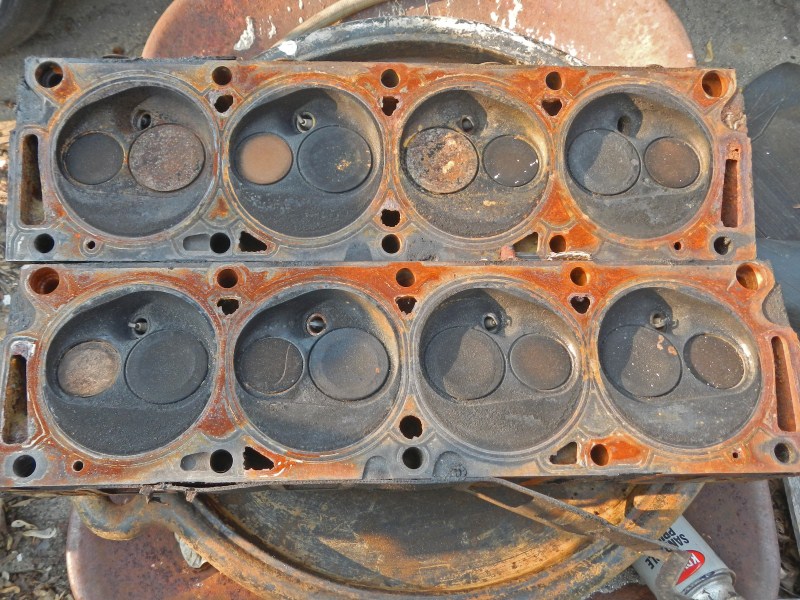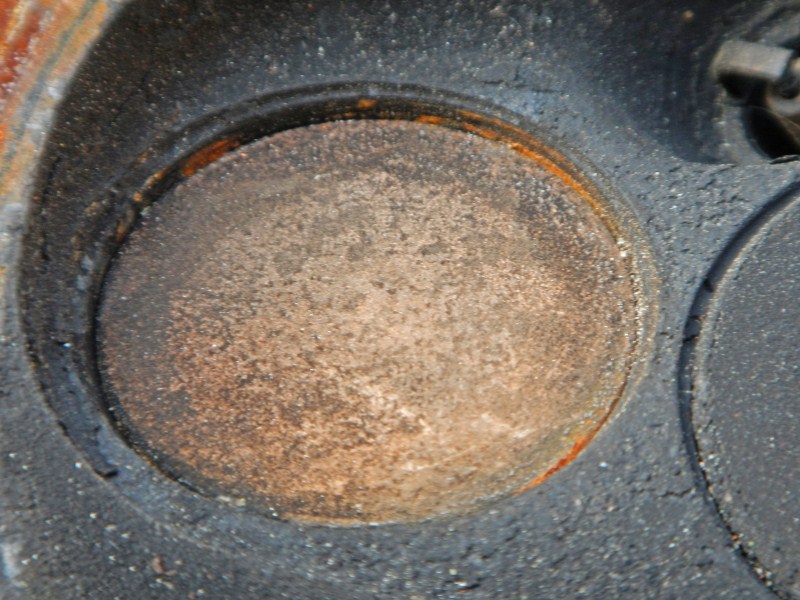Responses to my "can I use a 351?" thread have provided me with some great advice about engine choice and some general used engine gotchas like possible timing chain slop. I've started this new thread because I bought a '76 F250 with a running 390 to use in the TBird. The Bird already has a locked up 390 (will keep and build later) so I assume that any fitment issues have already been addressed. I am curious if there are any changes recommended so a truck motor makes the bird drive like it should.
I am looking for only stock performance at this time as it will be a driver for my 16 year old daughter. We'll goose it a couple years down the road. The "new" engine has an Edelbrock 1407 4 bbl and what I think is the original 390 intake manifold (old engine has a stock 2 bbl and intake.). The "new" engine runs well without leaks or smoke, so I don't plan to tear it down unless necessary to prevent it from being a dog.
Have ordered the two engine books repeatedly recommended on this and FE forums, but in general:
1. Should I be considering a specific cam and why? and is it likely to be in the truck block? I assume only a tear down would confirm which cam it has.
2. I've already been told I might want a lower cfm carb - still not sure why though. Anyone?
3. What is the appropriate header style to shoot for, so I can determine if I have it between the two setups? Not afraid to upgrade here.
4. Anything else to consider when dropping in a truck engine?
I am looking for only stock performance at this time as it will be a driver for my 16 year old daughter. We'll goose it a couple years down the road. The "new" engine has an Edelbrock 1407 4 bbl and what I think is the original 390 intake manifold (old engine has a stock 2 bbl and intake.). The "new" engine runs well without leaks or smoke, so I don't plan to tear it down unless necessary to prevent it from being a dog.
Have ordered the two engine books repeatedly recommended on this and FE forums, but in general:
1. Should I be considering a specific cam and why? and is it likely to be in the truck block? I assume only a tear down would confirm which cam it has.
2. I've already been told I might want a lower cfm carb - still not sure why though. Anyone?
3. What is the appropriate header style to shoot for, so I can determine if I have it between the two setups? Not afraid to upgrade here.
4. Anything else to consider when dropping in a truck engine?




Comment